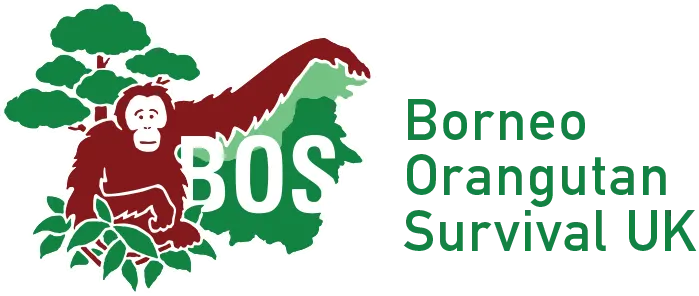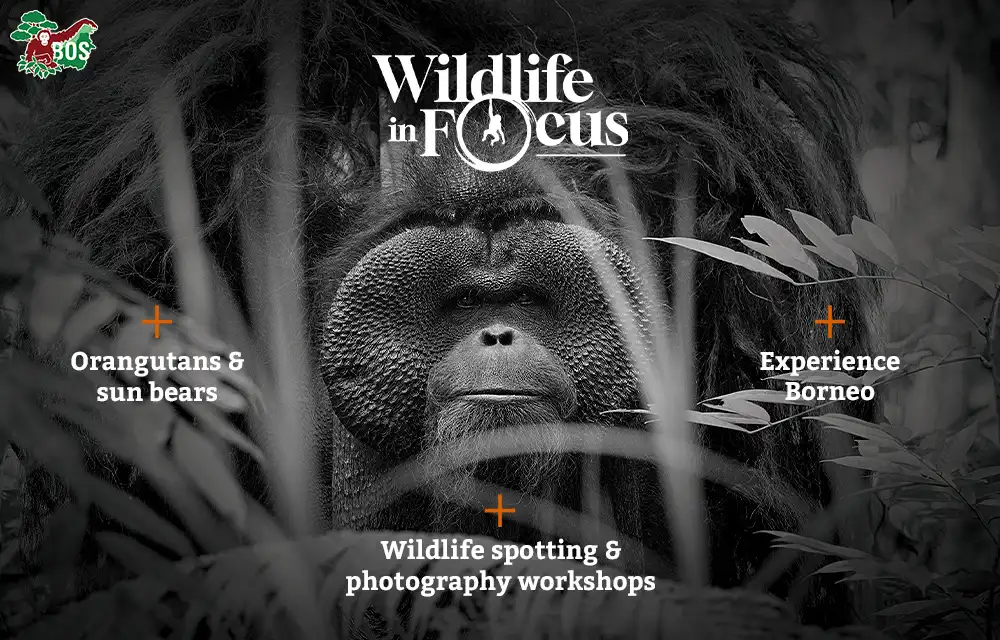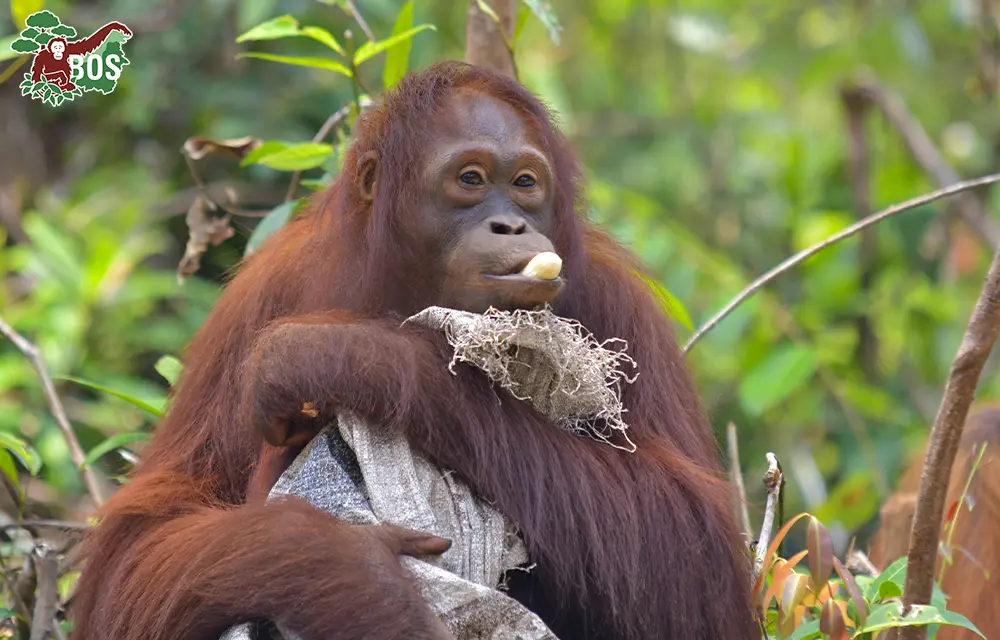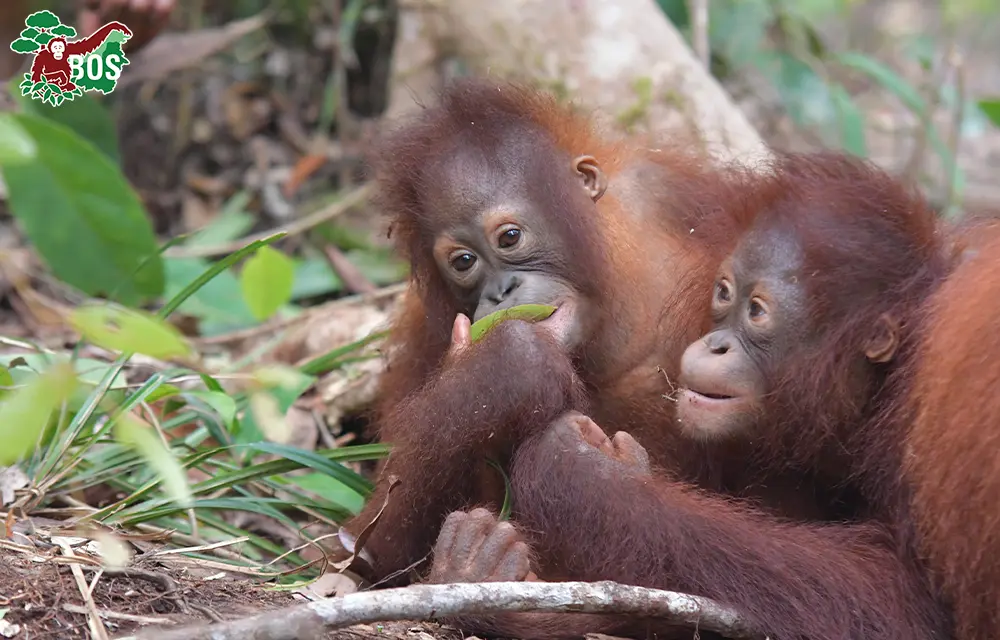One way to monitor and protect wildlife is through data collection via surveys or censuses. As in previous years, our teams on the pre-release island Juq Kehje Swen in East Kalimantan and the Salat Island Cluster in Central Kalimantan participated in the annual Asian Waterbird Census (AWC).
The AWC is a network-based volunteer activity and part of the International Waterbird Census (IWC). This census, usually held at the beginning of each year, is important in supporting the conservation of birds that inhabit water and wetland ecosystems.
The AWC has been conducted annually in Indonesia since 1986. It is coordinated by the Ministry of Environment and Forestry (KLHK) with Wetlands International and supported by the National Geographic Society and Indonesia’s Kemitraan Nasional Konservasi Burung Bermigrasi dan Habitatnya (National Partnership for the Conservation of Migratory Birds and Their Habitat).
For a week, the members of our monitoring teams undertook observations and collected data on waterbirds and the wetlands they inhabit. Their data and information will be combined with AWC censuses taken elsewhere to determine the status of waterbird populations globally and as a reference to determine area management.

Juq Kehje Swen
Juq Kehje Swen Island (meaning ‘orangutan island’ in the Wehea Dayak language) is a human-made island used as a pre-release site for rehabilitated orangutans. Located about ten kilometres from the Kehje Sewen Forest, Juq Kehje Swen is an 82.84-hectare forested and protected island. It is flanked by two rivers – the Melenyu River and Wahau River – and is an ideal location for waterbirds. In addition, it has an abundance of natural foods and makes for an excellent resting place and breeding ground.
This year, our team collected data on several bird species that are either protected or under threat of extinction. During their observations, they found species they hadn’t spotted last year: The blue-eared kingfisher (Alcedo meninting), common kingfisher (Alcedo atthis), striated heron (Butorides strianus), greater racket-tailed drongo (Dicrurus paradiseus), grey imperial pigeon (Ducula pickeringii), common hill myna (Gracula religiosa), pacific swallow (Hirundo tahitica), lesser fish eagle (Ichthyophaga humilis), crested fireback (Lophura ignita), stork-billed kingfisher (Pelargopsis capensis), mountain serpent eagle (Spilornis kinabaluensis), and common sandpiper (Tringa hypoleucos).
Our technicians were thrilled to find such a large number of ‘new’ bird species during this year’s census. The existence of these additional bird species proves that the water and wetland ecosystems around Juq Kehje Swen are ideal habitats for water and wetland birds and shows that many birds favour the area as either a permanent habitat or transit spot (for migratory bird species).


Salat Island Cluster
The Salat Island Cluster is an area covering more than 3,000 hectares in Pulang Pisau Regency, Central Kalimantan. We use part of this area for a pre-release island, a sanctuary island, and a supporting infrastructure island. The cluster is located within the Kahayan River system, which has abundant food sources and the potential to be an ideal resting and breeding ground for water and wetland birds.
Our team of technicians on Salat Island found quite a number of bird species at four different observation points, but only two waterbird species: The white-breasted waterhen (Amaurornis phoenicurus) and the striated heron (Butorides striata).
By national conservation standards, both are unprotected species, with the IUCN categorising them under the ‘Least Concerned’ status.
Hopefully, next year’s AWC will reveal even more waterbird species in the wetlands and increase their numbers.
Please consider a donation if you would like to help us monitor, support and protect wetland ecosystems.





